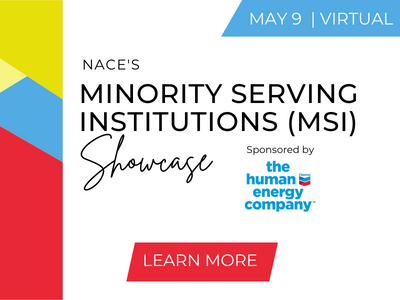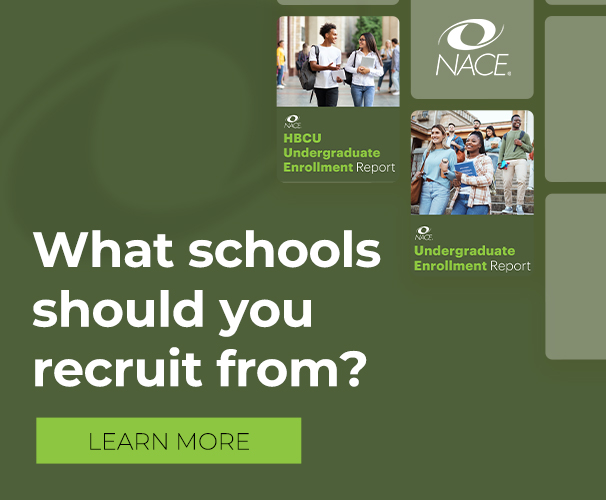There are key steps that employers and colleges can take to ensure that their culture is inclusive, such as providing training, planning intentionally, and holding employees accountable, says MarTeze Hammonds, Ed.D.
“They should start by focusing holistically on cultural competency and making sure that they are providing their employees and students with the opportunity to learn about awareness of themselves—what they bring to the table—and awareness of others,” says Dr. Hammonds, chief diversity officer at Purdue University Fort Wayne and founder and principal of MDH Consulting Group.
“This is knowledge building, and the more employers and colleges can take in around diversity, equity, and inclusion, the more they will be able to do their work in an inclusive way.”
Another key step is skill building, including active listening and empathy skills.
“These are important for employers to help employees develop so they can understand one another and grow,” Dr. Hammonds says.
“Also, having a charge and commitment to action are part of that cultural competency piece and are absolutely necessary. If more colleges and employers are intentional about using their competency around cultural, they will become more inclusive. They have to take the initiative to be inclusive and action oriented.”
He explains that purposeful training is one of the ways—but not the only way—to build knowledge and skills that will lead to an inclusive culture.
“Training should never be punitive,” he explains.
“It should be a positive step in building a more inclusive culture, but it is not the only way to do so. The advocacy, accountability, connections, buy-in, commitment, budget, mentorship, and more have to be there to achieve success.”
A successful, inclusive culture prevents (at best) or addresses microaggressions when they happen. Microaggressions are subtle verbal, behavioral, or environmental interactions or elements that cause indignities.
“It is often the environmental factors that cause microaggressions,” Dr. Hammonds explains.
“Someone visits an employer and notices that all of the pictures on the walls look like the majority. Maybe, at a college, all of the buildings are named after males. It makes people question if the place is inclusive for them.”
When employees experience microaggressions, employers need to listen to them and address their concerns.
“Oftentimes,” Dr. Hammonds says, “employers will invalidate their employees’ experiences by saying that it didn't happen or by trying to water it down. The reality is that invalidation itself is a form of microaggression. Instead, employers need to be preventive through focused education and then address microaggressions head-on when they do happen. That's internally, but employers need to think about microaggressions externally as well.”
For example, when considering their brand, employers have to acknowledge and address microaggressions.
“They need to own up to them so, externally, it shows that the organization is serious about being an inclusive employer and that this is the type of organization or institution where individuals want to work or study, and companies want to do business with,” he says.
“From the get-go, an organization must have inclusive processes no matter what. This includes weeding out unconscious bias. They should look at the history of comments and feedback to career services and college recruiting, and not gloss over it. Instead, they should lean into and address it head-on, be intentional about it, and remove or prevent any racism, homophobia, misogyny, or more from permeating their systems and processes.”
He adds that another way to prevent bias is to hold people accountable when it happens.
“When organizations and institutions do so, their action serves as a model for the next time this bias attempts to rear its head,” Dr. Hammonds says.
“That's a preventive approach, and it is cyclical. Within the cycle, the example of how the organization addressed the bias helps others prevent or handle it when it comes back around in this process.”
Another key aspect of strong, inclusive cultures are allies. Dr. Hammonds explains that allies are people who don't identify with a marginalized group, but who advocate on behalf of that group.
“It’s not to say that they are taking on the identity of that group, but they can stand in the gaps when the risk is high to support that person or group,” he explains.
“Allies could also be a mentor or a sponsor. It's about the active participation and role a person shares and exemplifies in the moment of high risk when they're standing up for someone else. Those are true allies, and the support that they can provide to these marginalized populations can be the difference in individuals being successful or not, organizations increasing the diversity of their workforce, and sometimes life and death, which we've seen in many instances.”
Dr. Hammonds’ quote—“You don’t have to lose yourself to support others”—drills to the heart of empathy, understanding, advocacy, and action. For example, he explains, individuals don’t have to be differently abled to support colleagues with disabilities or practice a certain religion to support those who do.
“If we could apply this to our workplaces, imagine how powerful that would be,” he says.
Creating this type of culture comes from the top, and its framework is constructed during the planning process.
“It’s all about intentionality and them being intentional about their commitment, statement, and brand, and ensuring that their strategy includes diversity, equity, inclusion, and belonging [DEIB] from a place of reality and building better, inclusive communities and cultures,” Dr. Hammonds explains.
“Colleges and employers must consider their cultural competency level and understand that they have to keep the big picture in mind. Sometimes, what appears to be the low-hanging fruit and something that will provide a quick and easy win may ultimately be antithetical to the big picture.”
This planning should include an audit of processes, systems, and practices, many of which may have been established years ago and would require updates to incorporate the focus on diversity, equity, and inclusion.
“Systems are systemic, and they are systematic,” Dr. Hammonds explains.
“Systemic has been rooted for years, and organizations know that it's going to happen and there are some inequities. Systematic means the organization is not doing anything about it. It continues to allow barriers to DEIB to permeate policies, procedures, practices, and more. The organization has to hold people accountable if it is truly committed to rooting out toxic culture.”
There are also reporting lines that can be established to facilitate reporting and decisions about these issues.
“If the organization or institution has a [diversity, equity, inclusion, and belonging; DEIB] position or title, it should report to the chancellor or CEO,” Dr. Hammonds recommends.
“It’s similar to an organization having issues with human resources that reports them directly to an HR director or an institution having an issue with academic affairs that takes it to the vice chancellor or provost. It allows for reporting to the highest level and decisions to be made without much filtering.”
Better yet, Dr. Hammonds suggests, if institutions or organizations don’t already have an expert in DEIB, they should consider hiring one.
“Then,” he says, “there is trust developed that they can go to that expert with confidence that they will provide professionalism, knowledge, tools, skills, and access to networks and resources to become a better, more inclusive organization or institution. Its commitment to inclusion is real and it is strong.”






